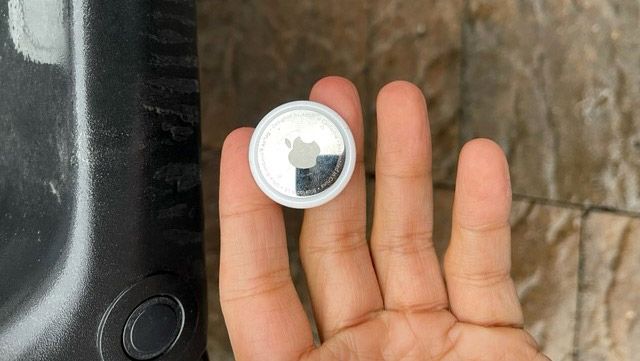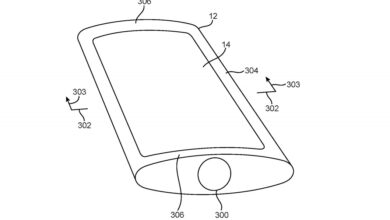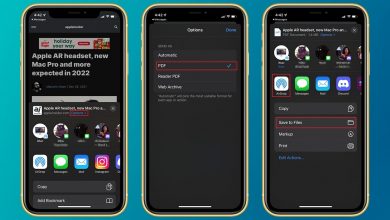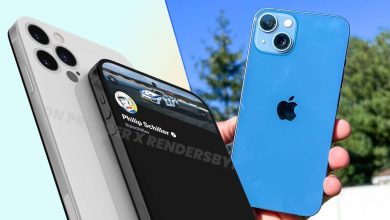
Car thieves are using Apple AirTags to steal cars, report the York Regional Police (YRP) in the suburbs north of Toronto.
According to the YRP’s public service announcement yesterday (Dec. 2), the thieves look for desirable cars in public places, such as shopping-mall parking lots. When they find a car they want, they secretly place an AirTag somewhere on the car that the owner might not notice, such as inside the gas-fill flap door, in a tow hitch, inside a bumper or in an external electrical port.
There have been at least five such incidents in the area since September, says the YRP.
“We’ve started to notice a new trend emerging in the auto-theft industry,” said Detective Jeff McKercher in a YouTube clip posted by the YRP yesterday (Dec. 2). “It’s these tagging devices using GPS and Bluetooth technology, and they’re using that to install on different vehicles that they’re looking to steal.”
Later that night, the car thieves use the AirTag to track the vehicle to the owner’s home and steal the car from the driveway. They break into the car using screwdrivers or similar tools, plug a mechanic’s electronic tool into the car’s on-board diagnostics port to reprogram the key settings, and drive away.
“By using an iPhone, they can always tell where the vehicle’s location is,” McKercher added. “They can almost wait and commit their theft on their watch, maybe later on in the night, and it always gives them the location of where that vehicle is being stored at the time.”
McKercher said that Lexus, Toyota and Honda crossover SUVs currently seemed to be the most desirable for car thieves in the Toronto suburbs, along with the eternally popular Ford F-Series trucks.
The YRP never uses the word “Apple” in the public-service announcement and two related YouTube clips that were posted yesterday (Dec. 2). But the images and language make it pretty clear exactly what kind devices they’re talking about.
“Car thieves are thinking differently,” begins the other YouTube clip, which almost looks like an Apple promotional video. “Typically, thieves roam residential neighborhoods (sic) looking for specific models of vehicles. Now they are roaming parking lots and leaving a tracking device called an AirTag on target vehicles. Thieves then track the vehicle using the AirTag and steal it at a later time.”
An AirTag will start to chirp if it’s been separated from its paired iPhone for between 8 and 24 hours. That still gives car thieves plenty of time and the chirps might not be audible over the noise from a car’s engine.
Your iPhone is supposed to be able to alert you when a “mystery” AirTag not paired to your iPhone comes home with you. But that doesn’t always seem to work, and people who don’t have iPhones won’t get those alerts.
We reached out to Apple for comment and were directed to this Apple support page that tells you what to do if you find someone else’s AirTag in your belongings or you hear chirps from an AirTag that’s been separated from its owner.
To be fair, car owners can also use AirTags to recover stolen vehicles. FoxNews.com’s Gary Gastelu ran tests over the summer and found that AirTags were just as effective at finding lost vehicles as car-tracking devices that can costs hundreds of dollars to install or come with subscription fees. A single AirTag costs $29, and a pack of four costs $99.
In August, Dan Guido, a digital-security researcher, told his Twitter followers how AirTags helped him recover a stolen electric scooter. But he warned that the scooter thief seemed to have noticed that there was an AirTag hidden on the scooter (Guido had placed one in an obvious place, and another hidden inside the handlebars) and tried to remove it.
My scooter was stolen last week. Unknown to the thief, I hid two Airtags inside it. I was able to use the Apple Find My network and UWB direction finding to recover the scooter today. Here’s how it all went down:August 10, 2021
How to lessen your risk of AirTag car theft
Back in Ontario, the York Regional Police offered these tips to car owners:
- Park your car in your garage if you have one, not in the driveway
- If you don’t have a garage, then park the car as close to your house as possible
- Use a third-party steering-wheel lock
- Put a third-party lock on the OBD-II data port
- Check your vehicle regularly for tracking devices







